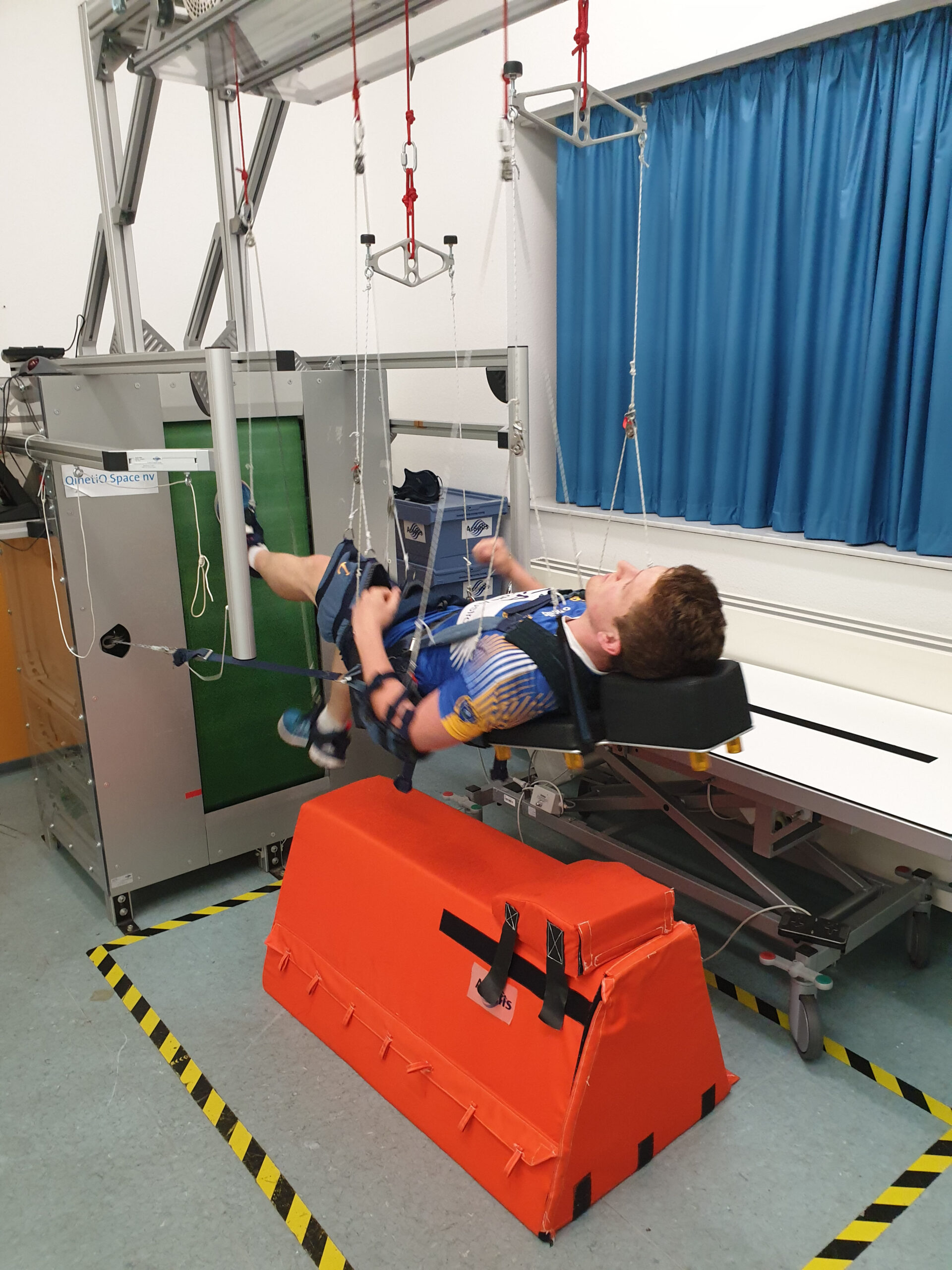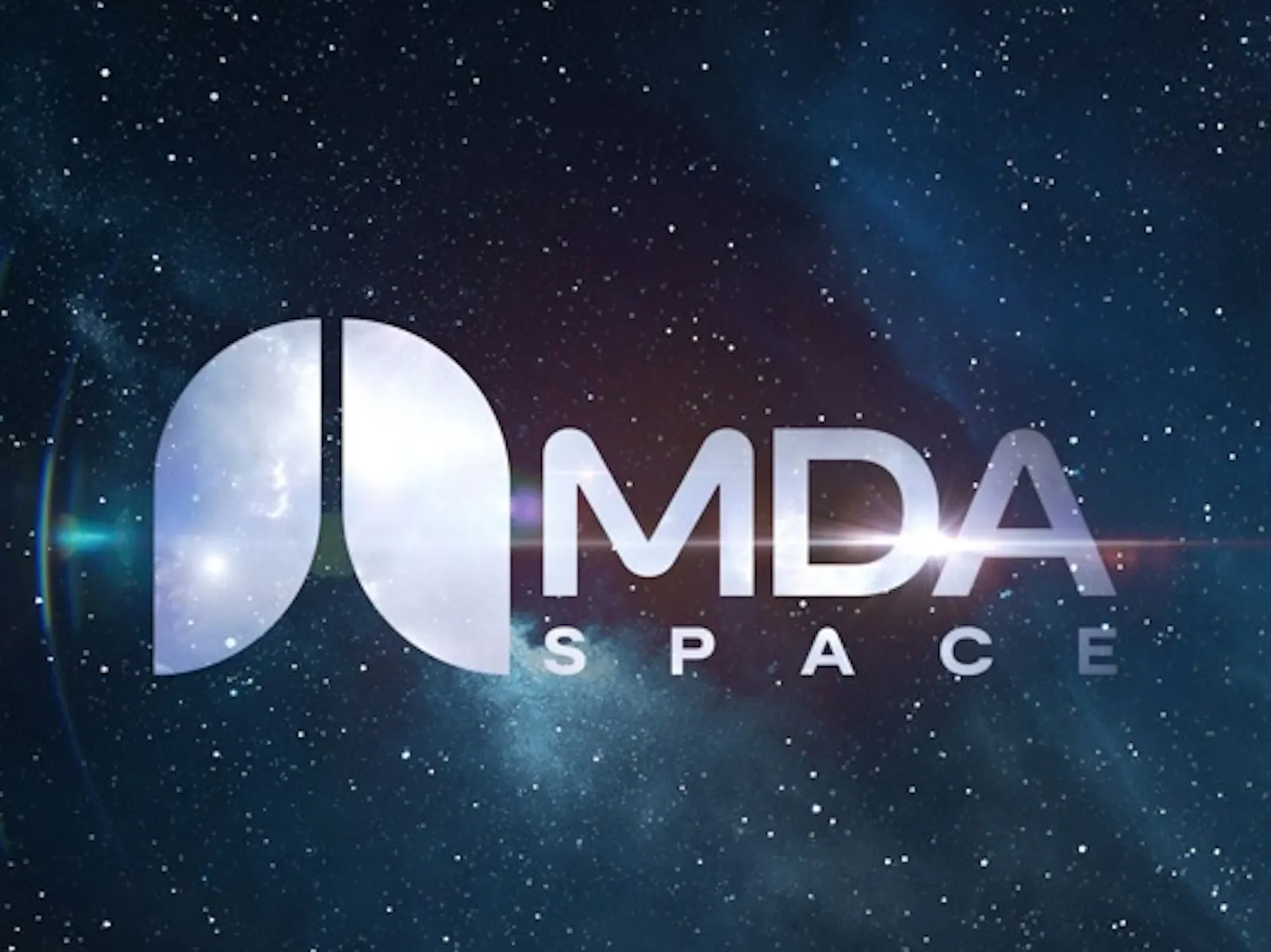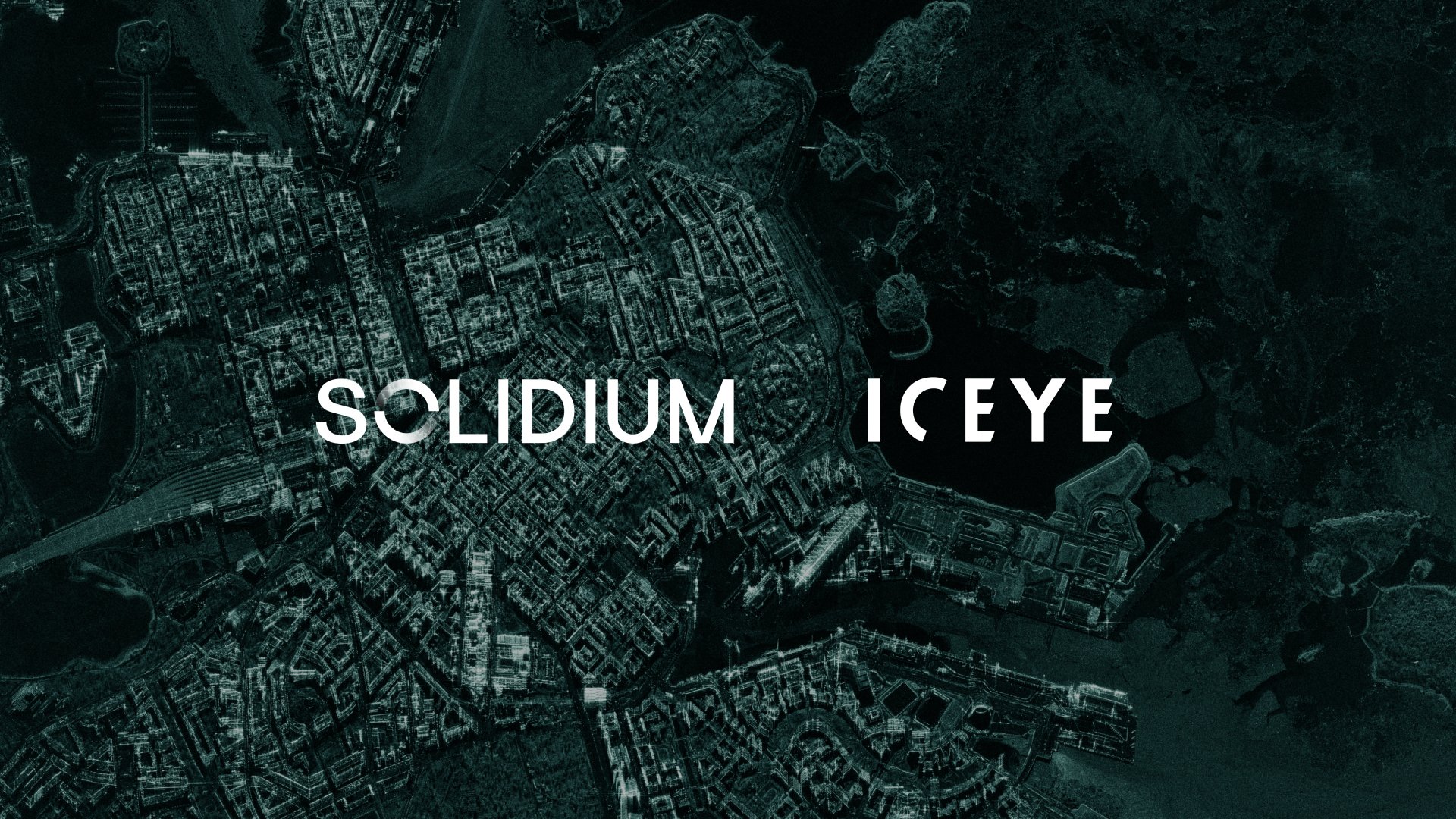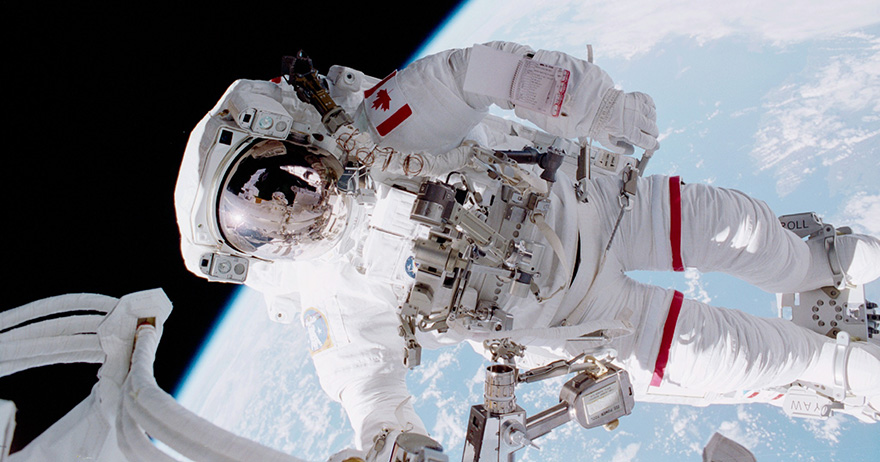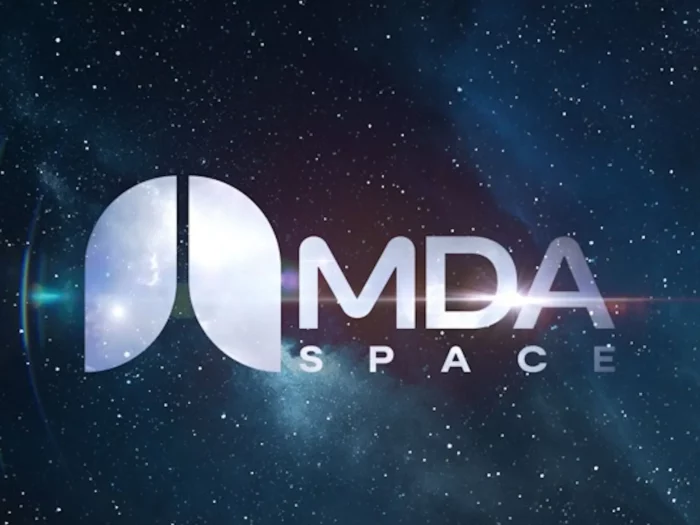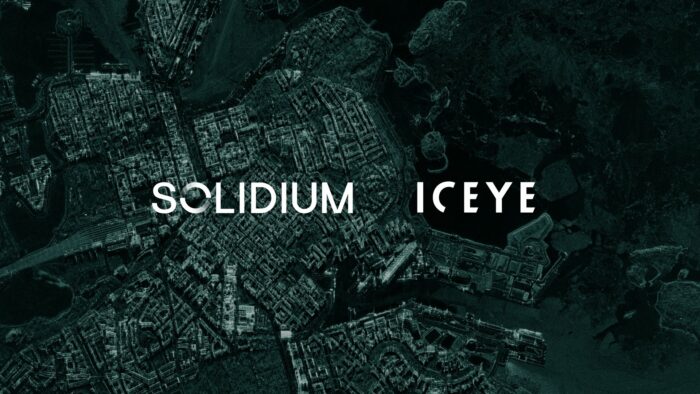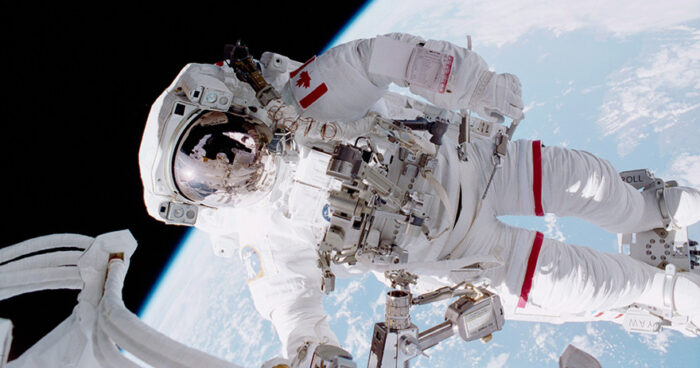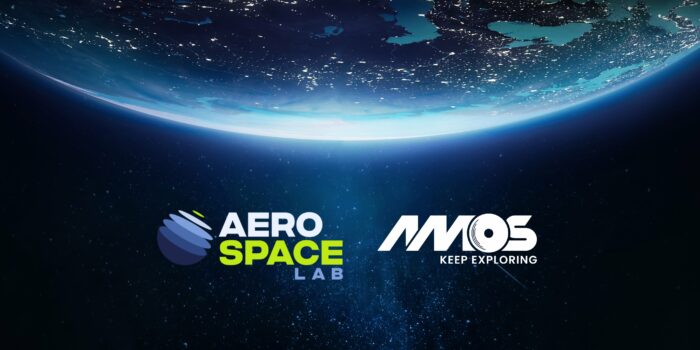NASA announced the crew of the Artemis II mission last week. The lucky four astronauts will venture around our natural satellite on a 10-day mission to verify technical capabilities for deep space travel. Are they really that lucky though? What happens to astronauts in a medical emergency situation in space?
Medical emergencies include dental problems, appendicitis, acute surgical issues, trauma, heart attack, increased intracranial pressure, and many more. Space medicine along with telemedicine, where diseases are diagnosed remotely from Earth using telecommunication devices, are of course developing quickly but not nearly quick enough for humans to safely travel into deep space. Ultrasound examinations, for example, are regularly used in this remote way in space but the technology currently has serious limitations. If the time lag in communications was not enough – which can take anywhere from a few seconds to hours depending on where the astronauts are – there are other important factors to consider.
The shelf life of drugs in space differs from that of ground conditions. This varies from product to product, however, the raw materials in general decompose more rapidly due to microgravity and increased cosmic radiation.
Liquids behave differently in space as well and therefore drawing liquid medicine out from a vial with a syringe is not so easy. The liquid will be pushed to the two opposing edges of the container due to microgravity with an air bubble forming in the middle section. If injected into the patient’s bloodstream, the air bubble can be fatal. A special technique is required for the procedure but it is not enough to teach one person, i.e. the doctor aboard the spacecraft, as they might themself be the one needing help.
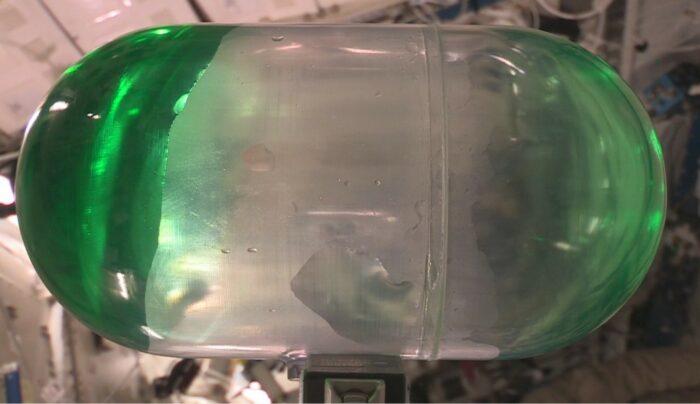
Surgery in space: space is an unstable environment. Due to microgravity, both the person operating and the person to be operated on must be strapped down. Even then, organs may float out of the body during the operation and the devices also need to be stabilized. Furthermore, anesthesia does not work the same way as under ground conditions and wound healing is different in space as well.
One study that pointed out the differences in wound healing in space was carried out by flatworms: if the tail is cut off while on Earth, it will simply grow back. In space, however, instead of growing a tail back, one in fifteen will grow a second head. Granted this phenomenon also occurs on our planet, it only happens in the case of one in a million flatworms.
Resuscitation: again, the person to be revived must be restrained and the person performing the resuscitation has to be stabilized somehow as well. There are three methods that can be used for this: the most effective and most stable is the handstand method, where the resuscitator places his feet on the ceiling and performs the procedure with their hands. The challenge here is that the astronaut performing the resuscitation must be tall enough to be able stabilize themself.
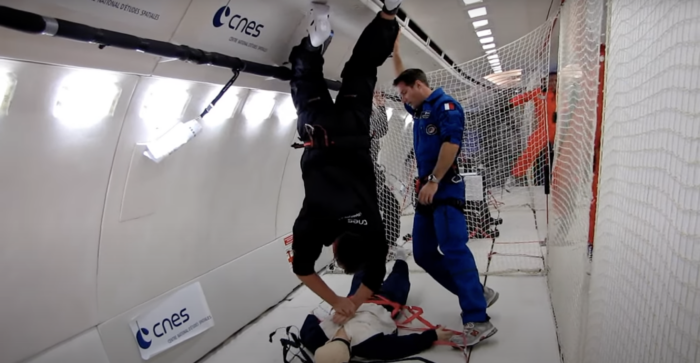
The second most effective method is the Evetts-Russomano method, where the resuscitating astronaut wraps their legs over the person’s torso, performing resuscitation while floating back and forth in the space cabin. The third way to revive a person in space is the reverse bear hug, where the resuscitator hugs the patient from behind. As the astronaut carrying out the procedure is behind the person in need and therefore ventilation is very difficult and they both float around in the spacecraft as well.
In all three cases, it is important to consider where the astronauts are: on the International Space Station (ISS), the moon, Mars, or somewhere else, as there will be different gravitational values everywhere. Body weight contributes to the force exerted during manual resuscitation, and this changes with varying gravitation. A 70-kilogram astronaut on Earth will weigh 26.3 kg on Mars and only 11.6 kg on the moon. If everything checks out, there is only one question left: is it even ethical to revive someone if they cannot be given appropriate medical treatment afterwards?
Life, limb, mission paradigm: spacecraft reach the ISS in a few hours, however, the same journey to Moon takes three days and about six months to Mars. The fact that we could not reach or turn back deep space missions in time to help the astronaut in need made this paradigm a necessity. According to this, space travellers may have to sacrifice their eye or one of their limbs for the mission’s success, as there may not be any other options, expertise, or the right tools for treatment.
It is still a matter of debate whether to remove the appendix, the gallbladder or the uterus (in case of biological females) of the astronauts before manned deep space expeditions in order to prevent probable emergencies. It is also debatable if instead of removing the uterus, it would be more beneficial to send only postmenopausal biological female astronauts on these missions.
Sending the necessary drugs into space would not be a cheap or easy task either as they may become unusable by the time they reach their destination because of the aforementioned shelf life problem.
Astronauts have a rare opportunity to see and experience things most of us never will but it is important to remember that the journey is never safe and can cause permanent damage to the body. No matter how advanced space medicine is at present, the further we venture into space, the more difficulties we are going to face.
Featured image: Space Medicine Intern. Credit: ESA
If you found this article to be informative, you can explore more current space news, exclusives, interviews and podcasts here.
Share this article:
